It'll definitely cause eardrum damage...because you've not got any VCAs for the audio path, so everything will be direct and at one dynamic level. And Ronin is quite right...this just looks like a dumpster for "sexy" modules that NEED support modules to do what they can/should do.
Before you spend money that'll you'll regret, try the following:
1) Bigger cab. That increases the space needed for support modules. And note: Tiptop Mantis = $335, with 208 hp, already powered and expandable with a second Mantis when the time comes. So, smaller doesn't always mean cheaper.
2) Keep in mind that NOBODY gets their first (second, third, fifteenth, etc) build right.
3) Related to #2 above: this takes time. Quite a bit, if you want to really nail a build. And we're talking months...perhaps even over a year...to finally hone things down so that you have an instrument that is very capable.
4) VCV. Get it. Explore. This FREE Eurorack emulator (with several hundred modules!) will give you some major lessons on how signal paths, utilities, etc are critical to a good build. And they just released v.2, with a LOT of upgrades. https://vcvrack.com/
5) Find some of the better/bigger electronic music names on here, and study their racks. You'll be dealing with synthesists with decades of experience. I, f'rinstance, have 40+ years in on this. And there's lots of others in that zone. And...
6) DON'T replicate small YouTube builds. Ever. Many of those designs are pretty limited, sketchy, or both...because a lot of them have some manufacturer "swag" involved or, in a few specific cases, they're in some sort of relationship with synth retailers. Also, when you run across a YT clip where the presenter's studio looks like some Hollywood set, neat, all that...just remember: a clean desk is a sign of an unproductive worker.
And of course, you took the right step of posting here for advice. The main ones of us on the MG Forums probably have, all combined, about a CENTURY of experience, if not more. Mind you, we'll probably rip these builds up, but in the process you'll learn what works, what doesn't, and why...and after a while, you'll wind up with a serious rig.



